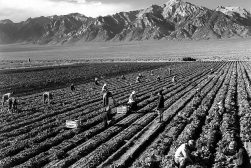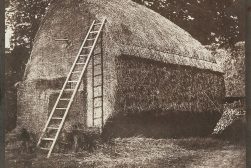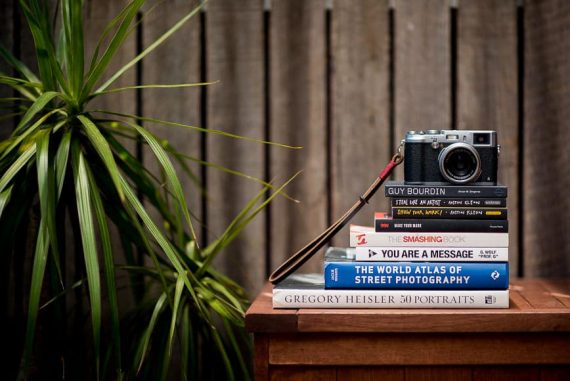
24 Famous War Photographers Who Documented History
From the trenches of World Wars to the battlefields of Syria, these famous war photographers risked their lives to tell the stories of war through their lens.
Shotkit may earn a commission on affiliate links. Learn more.
This guide will help you learn more about both the best war photographers and most famous war photographers in history.
War photographers are among the most courageous in the imaging industry.
These brave men and women choose to put themselves in harm’s way to document the horrors of war and its toll on humanity.
But thanks to their images and photos, war photographers helped shape public opinion and were even instrumental in ending some armed conflicts throughout history.
Here’s a comprehensive overview of some of the most famous war photographs and well-known names in war photography.
1. Denis Sinyakov
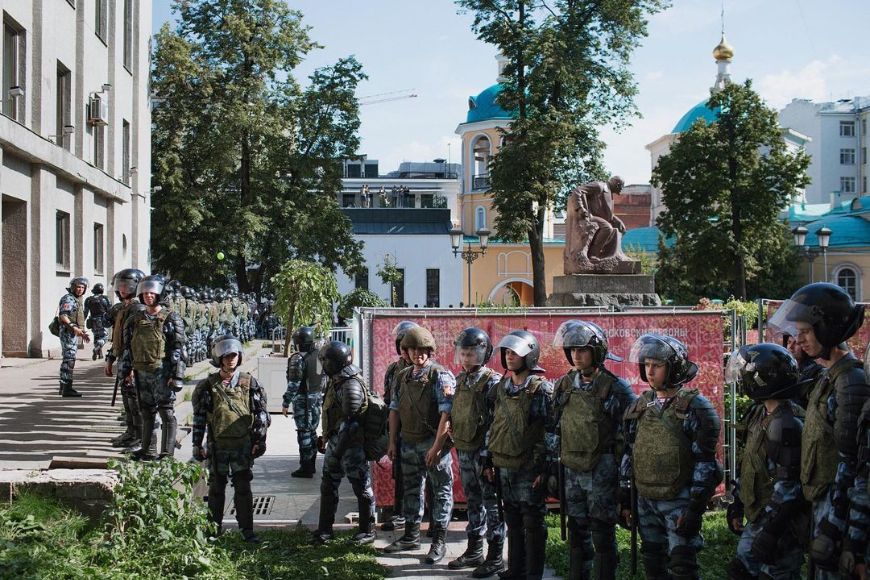
Source: sinyakov.denis
Denis Sinyakov is an award-winning Russian photographer, known for his fearless coverage of many human rights issues, including locations like Afghanistan, Ossetia, Andijan, and more.
He started his career as a staff photographer for reputable news agencies like Reuters, but he later became a freelance photographer to get more creative freedom.
Since 2014, Sinyakov dedicated most of his efforts to documenting the conflicts between Russia and Ukraine, especially in Crimea, and the effects of the conflict on the Tatar population there.
As a brave storyteller and excellent cinematographer, he never backed down from his commitment to telling the full truth as he saw it.
In fact, Sinyakove was detained for over two months after photographing the Greenpeace activists’ protest against oil production on the Arctic Sunrise ship.
2. Robert Capa
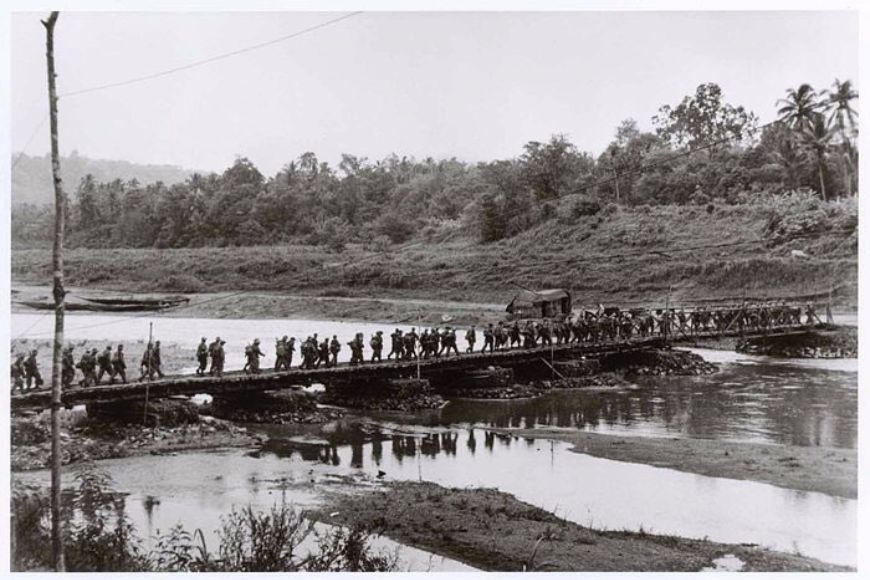
Source: robert_capa_photography
Robert Capa (born Endre Friedmann) was a Hungarian photojournalist who is regarded by many as one of the greatest war photographers of all time.
He refused to conform to the tyranny in his home country and fled to Germany, but later had to move to France to escape the German forces and Nazi oppression.
Throughout his life, Rober Capa also collaborated with several journalists and professional partners, including Henri Cartier-Bresson and Gerda Taro.
Robert Capa documented several military conflicts, including World War II, the First Indochina War, the Spanish Civil War, the Second Sino-Japanese War, and the 1948 Arab-Israeli War.
His photography career highlight came in 1936 during the Battle of Cerro Muriano, known as “The Falling Soldier”, which depicts the moment a Republican soldier got killed in action.
Despite his extensive war coverage, Rober Capa’s life was actually cut short at the young age of 40 years old after stepping on an explosive device during his work.
Today, Robert Capa’s legacy lives on through the Robert Capa Gold Medal, which is one of the highest accolades awarded to a war photographer.
3. Carol Guzy
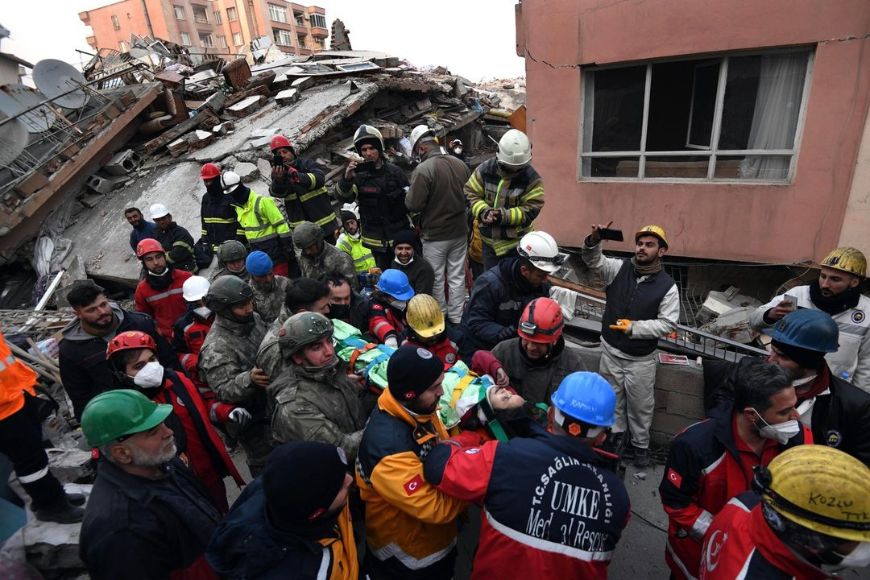
Source: carolguzy
Carol Guzy is one of the most successful American photographers of all time. She started her career in the early 80s in the Miami Herald but later moved to work for the Washington Post.
She graduated with a degree in nursing, and she credited her education many times over her career, saying that it helped her understand people’s suffering.
The Nikon ambassador covered many wars and conflicts all over the world, and her work has been published in National Geographic and many other magazines.
How Much Do You REALLY Know About Photography?! 🤔
Test your photography knowledge with this quick quiz!
See how much you really know about photography...

Guzy is also the first photographer to win four Pulitzer Prizes throughout her career, and the first woman to win the Newspaper Photographer of the Year Award in 1990.
Guzy’s photos focus heavily on the humanitarian and emotional aspects, which played a massive role in calling for many wars to stop.
4. Margaret Bourke-White
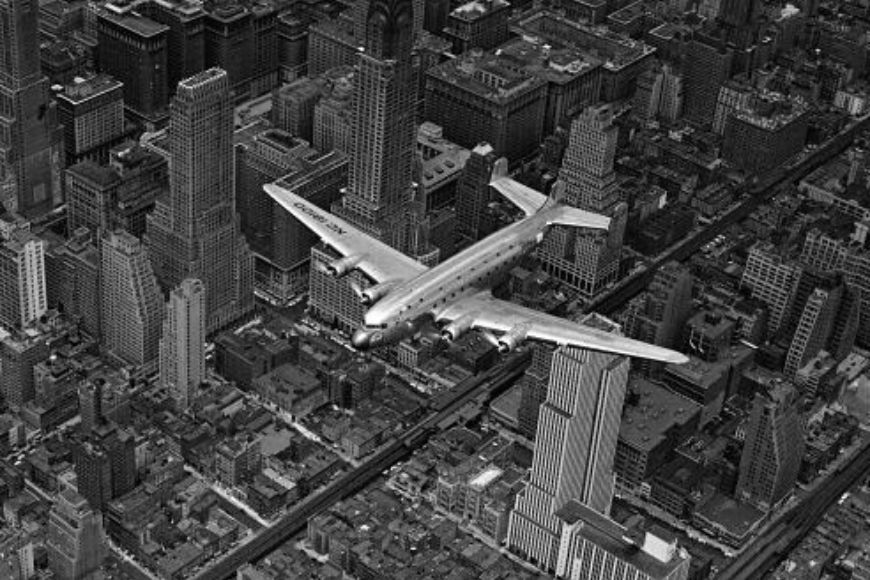
Source: margaret_bourkewhite
Margaret Bourke-White is one of the most prominent war photographers of the 20th century with many accolades to her name.
Born in 1904 in the United States, she became the first female war photojournalist and the first female allowed to photograph war zones in World War II.
She also joined the U.S. Air Force in many of its operations during wartime, including North Africa, Italy, and Germany. She also covered the Korean and India-Pakistan wars.
Bourke-White is also known for being the first Western foreign photographer allowed to enter the Soviet Union and permitted to capture photos of the country’s industry.
She also has non-war photography highlights, such as taking some of the last photos of Gandhi before his assassination and capturing the first cover of Life magazine.
5. Mathew B. Brady
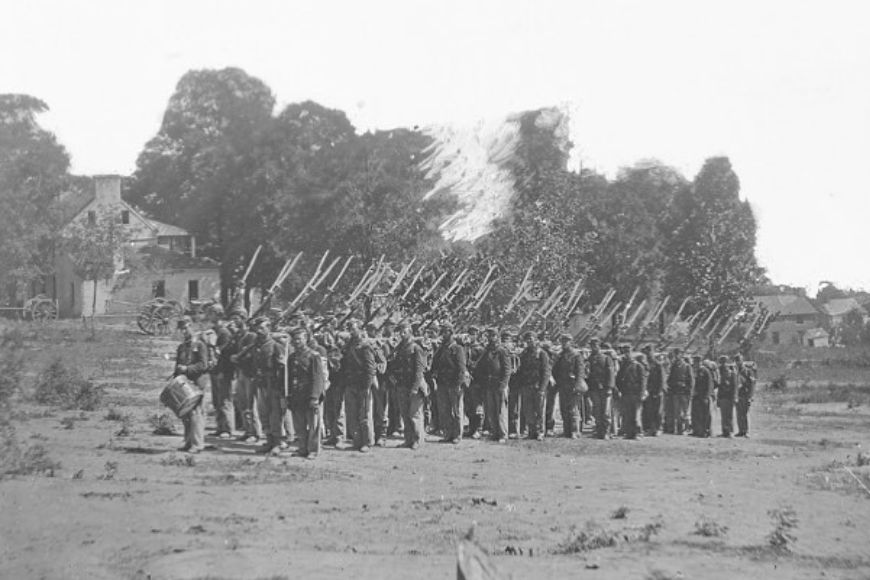
Source: mathew.brady.photagraphy
Many war photographers and experts believe that Mathew Brady is one of the founding fathers of the war photography genre, as he started his career in the early 19th century.
Brady is best known for the historical shots he captured during the American Civil War, showing portraits of infantry as well as the reality of war in a way that had never been seen before.
He also formed a team of around 17 photographers that managed to take photos of many war generals on both sides of the war.
Additionally, he also had a photography studio in New York where he shot portraits of public figures, including U.S. Presidents Abraham Lincoln, Martin Van Buren, and John Quincy Adams.
6. Alexander Gardner
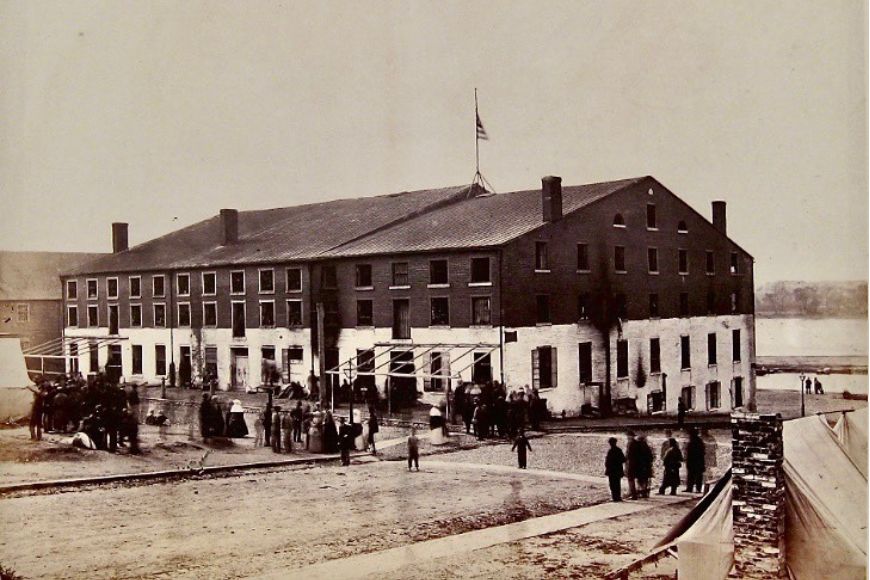
Source: blackdogcollection
Alexander Gardner is also one of the pioneers of the war photography genre. He was born in Scotland but later moved to the United States in the mid-19th century.
Gardner was one of the pivotal members of Mathew Brady’s team documenting the American Civil War.
He is best known for the photos that depict the aftermath of the Battle of Antietam, showing the horrifying injuries of American soldiers and fatalities on both sides of the conflict.
Alexander Gardner is also credited for being the true photographer of many of Mathew Brady’s works.
Some of his notable photographs include a portrait of Abraham Lincoln while commanding generals on the battlefield and Home of a Rebel Sharpshooter in Gettysburg.
7. Lee Miller
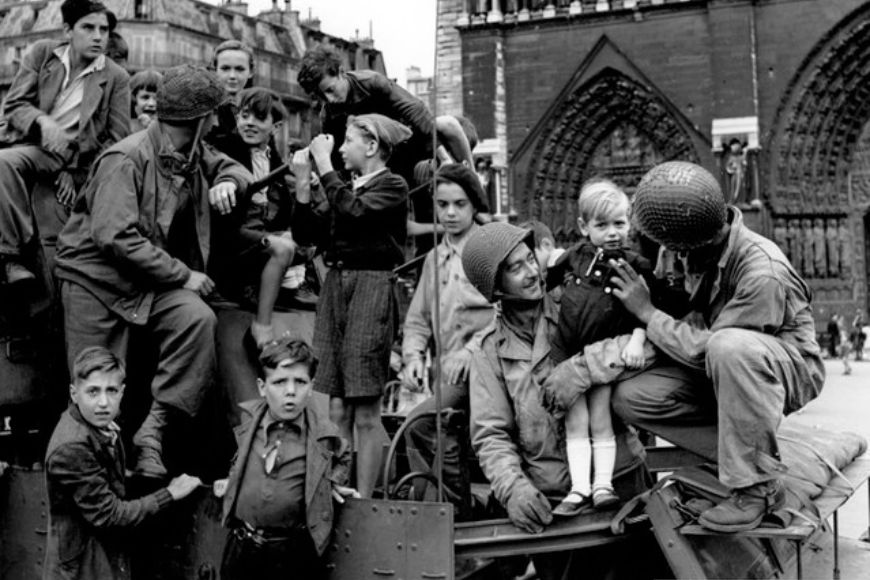
Source: leemillerarchives
Lee Miller started her career as a New York fashion model but later chose to become a photojournalist.
She started her photography career as a fashion photographer but turned to war photography when World War II broke out.
Miller worked as a photographer for Vogue and was a correspondent of the U.S. Army during many historical moments of the war, including the liberation of Paris and the London Blitz.
She was also one of the photographers who documented some of the atrocities occurring in Nazi concentration camps, especially in Dachau and Buchenwald.
8. Lynsey Addario

Source: lynseyaddario
Lynsey Addario is a currently active war photographer who has already made a name for herself in the field.
Although she was born and raised in the US, she moved to Argentina in her early twenties to work as a professional photographer for the Buenos Aires Herald.
Addario’s work mainly focuses on human rights issues and the cost of conflict on families and communities, which shows in her work documenting the effects of communism in Cuba.
She also traveled to some of the most dangerous and tragic war zones in recent history, including Afghanistan, Pakistan, Iraq, Darfur, Ukraine, Libya, Syria, and more.
9. Roger Fenton

Source: bwphotomag
Roger Fenton was a British Photographer who is credited for being one of the first war photographers in the history of journalism.
Born in 1819 to a wealthy English family, he was deeply interested in painting and had a degree in arts from the University of London.
However, his interests shifted to photography when he learned about the technology in his early thirties.
His first photography adventure came in 1855 when he documented the Crimean War. However, capturing moving objects was practically impossible during that time.
As a result, he mainly photographed war camps and battleground aftermaths. He also took portraits of the soldiers.
10. Donald McCullin
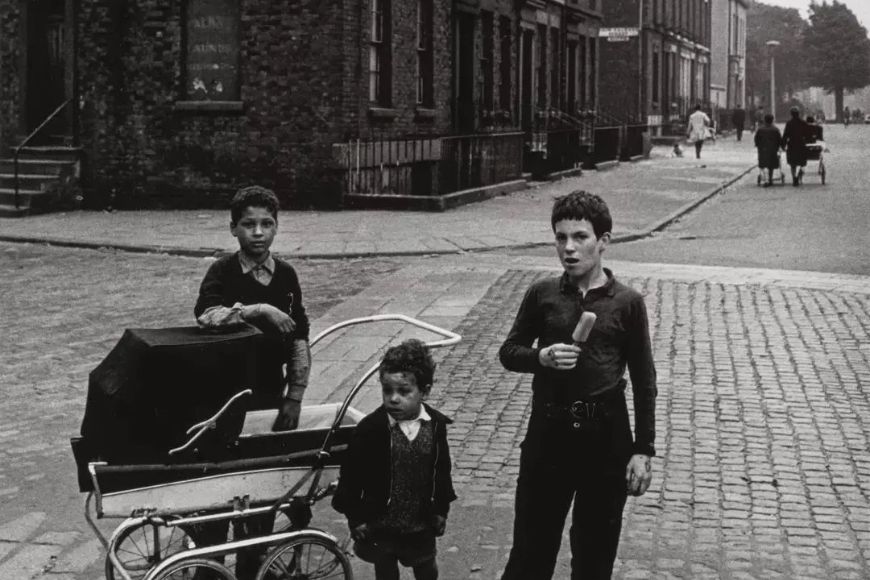
Source: donaldmccullin
Sir Don McCullin is one of the greatest war photographers of all time. The British photographer has documented everything from gang crime to outright wars.
His most notable work includes covering the conflicts in the Vietnam War as well as the ethno-nationalist conflicts in Northern Ireland.
He was also granted a press pass to cover the Falklands War. However, he believes the British government was scared of his portrayal of the war and made excuses to not let him go.
Many of Donald McCullin’s photos are instantly recognizable, as they typically share his gritty, detailed, and hard-hitting style.
11. Carolyn Cole

Source: ccole_photo
Carolyn Cole is an award-winning photographer who has worked for the Los Angeles Times and has worked in some of the world’s most dangerous conflict zones in the world.
Cole’s most notable work comes from her documentation efforts in various military conflict zones around the world, including the Afghanistan and Iraq Wars.
However, most of the notable awards she received, including the Pulitzer Prize, came from her coverage of the Liberian Civil War.
Her photos are daring and gritty but are still deeply moving and leave a lasting impression on viewers.
12. Philip Jones Griffiths

Source: luciefoundation
Philip Jones Griffiths was a Welsh pharmacist turned war photographer. He started his photography career at the age of 25 by covering the last chapter of the Algerian War.
However, his fame came when he traveled to Asia and started covering the ongoing war in Vietnam.
His shocking depictions of the war and its cost on both sides were one of the main factors that influenced the shift in the Americans’ view regarding the war.
In 1971, Griffiths released a photobook called “Vietnam Inc.”, including captioned photos that portray the gruesome image of the Vietnamese war and its impact on the local civilians.
13. James Nachtwey
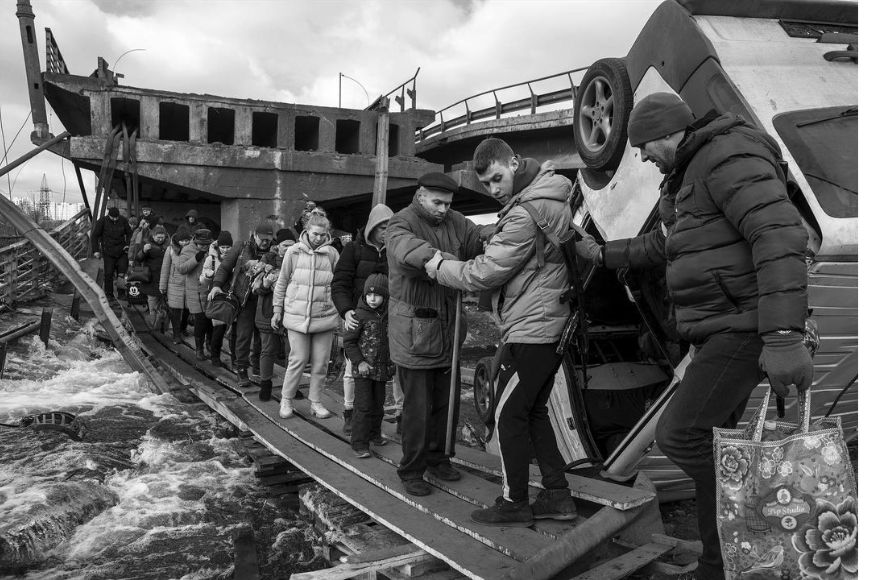
Source: jamesnachtwey
James Nachtwey is a living legend of war photography who never backed down from revealing the horrors of war.
The American photographer worked with some of the biggest journals and firms in the industry, including Time magazine and Magnum Photos. He is also a founding member of the VII Agency.
Nachtwey is also one of the most decorated photographers in the world, winning the gold medal of the Overseas Press Club 5 times, along with two awards from the World Press Photo.
He traveled to several war zones to cover conflicts, and he was even injured in 2003 while covering the war in Iraq.
14. Susan Meiselas

Source: susanmeiselas
Susan Meielas is a highly accomplished American photojournalist. She has been affiliated with Magnum since 1976 and is the current president of the Photography Foundation.
Her work spanned multiple regions all over the world. And while she has a successful war photography portfolio, she also covered other humanitarian topics, including human trafficking.
The highlight of her war photography career was in the late 1970s when she was covering the conflicts in Nicaragua, including her popular “Molotov Man” photo.
15. Larry Burrows

Source: tomasvh
Larry Burrows was a talented and courageous British photojournalist who became a famous war photographer who specialized in combat correspondence and war photography.
However, unlike many others on the list, he did not only cover military conflicts but also the civilians whose lives were torn by the war.
This humanitarian side can be seen in his documentation of a young Saigon girl whom Larry saved and nurtured after an aerial attack but lost her leg in the process.
Burrows died in 1971 in a helicopter crash along with fellow war photographers after they were shot down near Laos.
16. Nick Ut
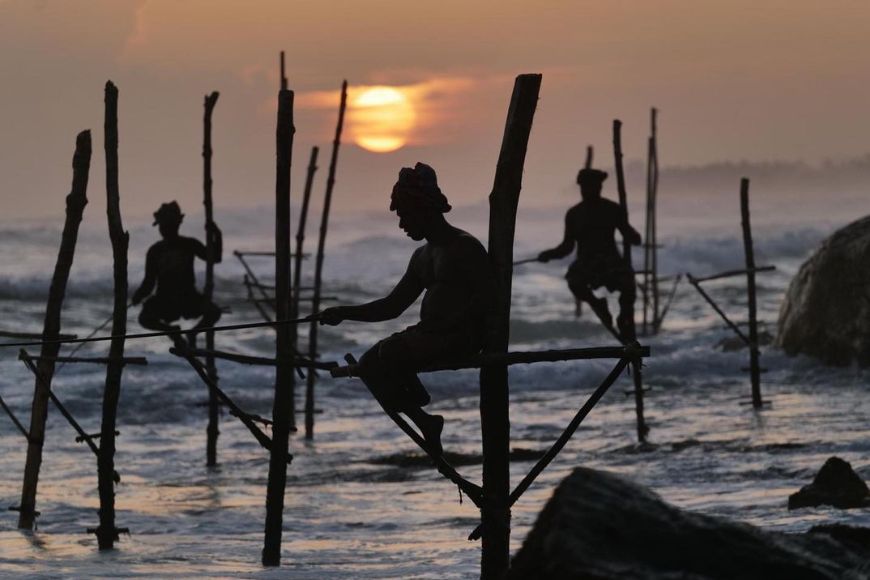
Source: utnicky
Nick Ut is the professional name of Huỳnh Công Út, a Vietnamese-American photographer who worked for the Associated Press and covered the Vietnamese War.
Ut reached the height of his career in 1973 when he captured his iconic photo “the Terror of War”.
The photo shows a young girl fleeing the Napalm bombings in Vietnam, which sparked huge controversy and debate about the American Invasion of Vietnam.
Nick Ut won both the Pulitzer Prize for News Photography and World Press Photo of the Year in 1973.
He was also injured several times while documenting the hells of war in Vietnam. He is also the first journalist to receive the National Medal of Arts in 2021, although he retired from AP in 2017.
17. Adam Ferguson
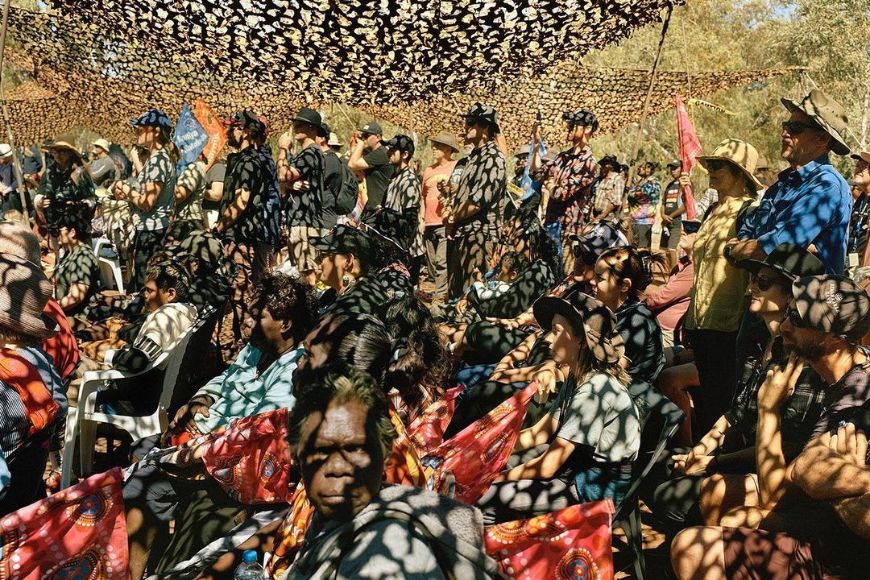
Source: adamfergusonstudio
Adam Ferguson is an Australian photojournalist who spent many years of his professional career covering the war in Afghanistan.
Ferguson initially meant to cover the use of heroin in the Afghan capital, Kabul. However, his report took a drift that ended up covering the lives of locals and young soldiers deployed there.
He started photographing the soldiers during their downtime, especially when they were recovering between operations or reading letters from home.
Ferguson’s work is a powerful reminder that the cost of war is always on both sides and shows the faces of those who fight and the toll that conflict takes on their lives.
Many of Ferguson’s photographs won international awards and appeared in reputable magazines, including Vanity Fair, National Geographic, and the New York Times.
18. Ernest Brooks
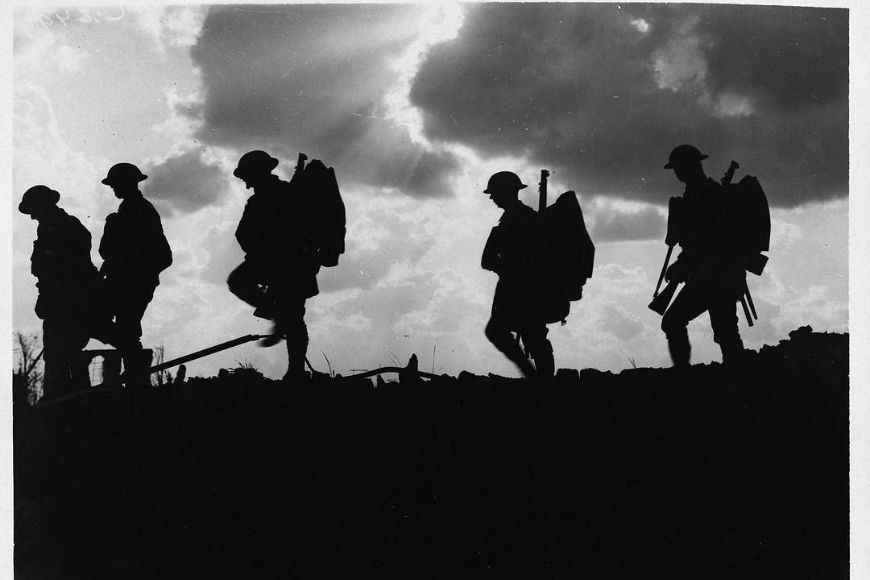
Source: john_mason_
Ernest Brooks was an English war photographer who was quite active during the First World War, capturing thousands of images that documented trench warfare.
Brooks is also known for being the first-ever official photographer of the British Military. He also spent several years as the official photographer of the Royal Family.
Despite shooting tons of photos over the years, Brooks always cared for the artistic side of the photos, and many of his images are remarkably descriptive and heartfelt.
19. João Silva

Source: joaosilva_nyt
João Silva is a Portugal-born, South African photojournalist who covered many photo events during South Africa’s transition from apartheid to democracy.
Silva was a member of the photography group “Bang-Bang Club”, which played a remarkable part in the political scene in South Africa.
Besides capturing the horrors of conflict, he also covered Mandela’s release from prison and the country’s first multiracial elections.
Silva also covered war in many countries around the world, mainly in Africa, the Middle East, and Afghanistan.
In fact, he lost both of his legs in Kandahar in a landmine accident. But despite his injuries, he still captured photos before losing consciousness, showing his remarkable resilience.
20. William Eugene Smith
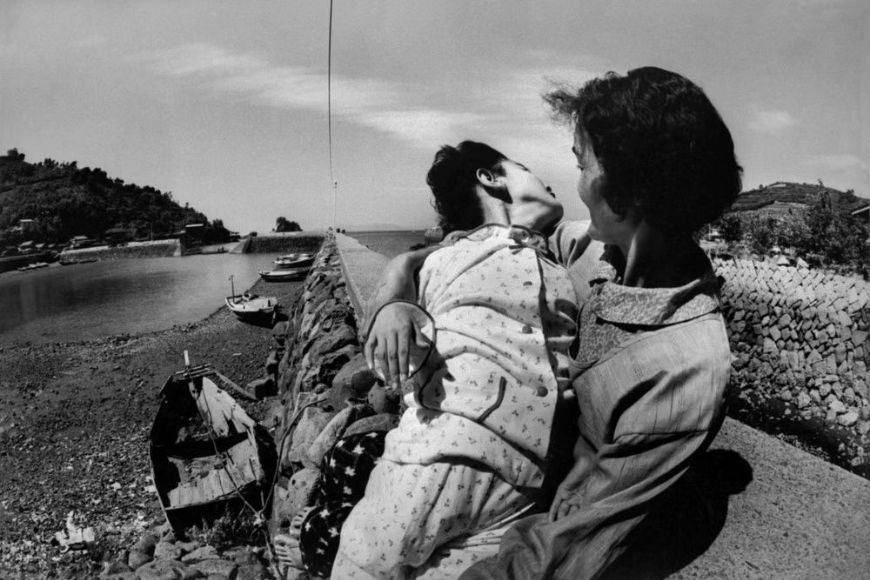
Source: librairiegalerielouisrozen
William Eugene Smith was a pioneer of overseas war photojournalism who spent most of his life documenting the brutality of war and its impact on innocent civilians.
The main focus of Smith’s career was his time documenting the Second World War in Japan as a correspondent for Ziff-Davis Publishing.
Smith was so devoted to his career that he ended up getting severely injured in the Battle of Okinawa in 1945, which led to a treatment journey that lasted for over two years.
However, this didn’t deter him from returning to Japan when he recovered to cover the effects of mercury poisoning caused by factories in the region.
Although Smith captured many impactful photos, he also used to follow them up with moving and highly descriptive quotes that massively add to their initial impact.
21. Mads Nissen
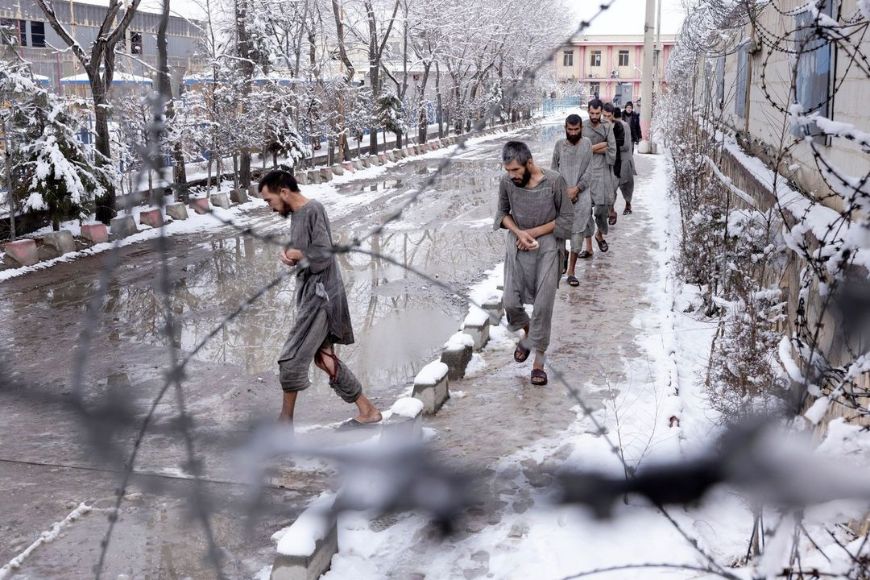
Source: madsnissenphoto
Mads Nissen is an award-winning photographer who covers a variety of war zones all over the globe.
After he graduated from the Danish School of Journalism, he started working as a photojournalist for Politiken.
However, he then became a freelance photographer and had many of his works published by reputable media outlets, including Time Magazine, Der Spiegel, the Guardian, and more.
Although Nissen’s career is still going to this day, he already released a photo book that documents his coverage of conflicts he witnessed in Columbia and Libya.
22. Rémi Ochlik

Source: sept_info
Rémi Ochlik was a brave French war photographer who spent most of his career covering war, conflicts and combat zones around the world.
He started his career in 2002, working for a photo agency called Wostok. Back then, he mainly focused on covering demonstrations and other political events.
However, his shift to war photography came in 2004 when he documented the conflicts and riots in Haiti during the country’s presidential elections.
Between 2011 and 2012, Ochlik started covering the Arab Spring Revolutions in various countries, including Tunisia, Egypt, Libya, and Syria.
Ochlik died in 2012 in Syria due to heavy shelling and bombardment of his residence, along with his professional partner Marie Colvin.
23. Javier Manzano

Source: javiermanzano.myportfolio.com
Javier Manzano is a Mexico-born American war photographer who witnessed and covered some of the most gruesome conflicts and humanitarian crises of the 21st century.
While Manazno had his fair share of wartime coverage, he also covered different types of conflicts, including drug wars in Latin America.
After graduating with a photography degree, he kick-started his photography career working for news and advertising agencies.
However, he found his true calling in 2009 when he switched to freelance photography when he was affiliated with major publishers, such as the Associated Press and Foreign Policy.
Thanks to his excellent work, Manzano has won two World Press Photo Awards along with a Pulitzer Prize for Feature Photography. He is a recipient of the Robert Capa Gold Medal.
24. Gerda Taro

Source: photographersphotographed
Gerda Taro, born “Gerta Pohorylle”, is one of the greatest war photographers of all time, and the lifelong professional partner of Robert Capa.
As a young Jewish German, Taro committed her life to fight against the oppression of the Nazi regime and show its atrocities and crimes against humanity.
However, she had to flee Germany and change her name to “Gerda Taro” to escape Hitler’s rise to power.
During her short career, Taro managed to cover several wars, depicting the gruesome and brutal reality of its aftermath on both sides as well as civilians.
Taro eternalized her partnership with Capa when she also lost her life while covering and documenting the Battle of Brunete in July 1937.

Check out these 8 essential tools to help you succeed as a professional photographer.
Includes limited-time discounts.






